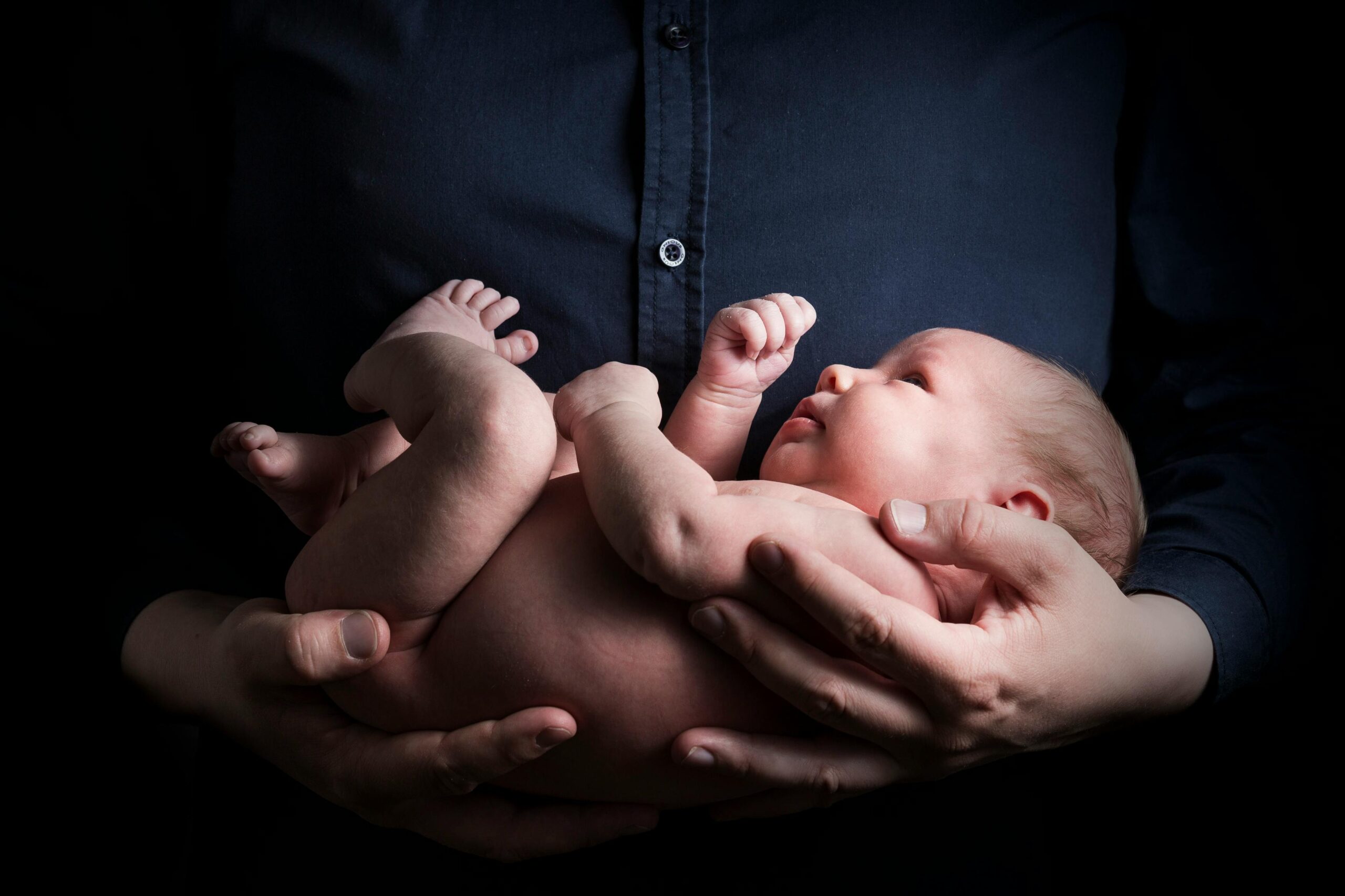An article on Neonatal convulsions
Neonatal convulsions is usually a visible manifestations of some underlying pathology. The common causes of convulsions in new born are hypoxic ischaemic injury.
Intracranial injury
Biochemical :
- Hypoglycemia and hyperglycemia
- Kernicterus
- Hypocalcaemia and hypernatraemia
- Inborn errors of metabolism
- Hyponatremia and hypernatraemia
- Hypomagnesaemia
- Pyridoxine dependence
Infective :
- High fever
- Meningitis
- TORCH infection
- Tetanus
Iatrogenic:
- Respiratory stimulants
- Analeptic drugs
- Drug toxicity and drug withdrawal
Others:
- Cerebral malformations
- Hyperthermia
Diagnosis :
- History of method of delivery
- Apgar score at birth
- Administration of analeptic or respiratory stimulants
Types of feeding ( breastfeeding or not)
Laboratory studies:
- Complete blood count ( CBC)
- Blood,urine and CSF culture
- Serum Igm and IgG specific TORCH titers
- Biochemical blood tests glucose, calcium, magnesium, bilirubin and electrolytes as needed.
- Blood gas levels to detects acidosis and hypoxemia
- Ultrasonography and CT scan of the head to detect interventricular
- Electroencephalogram
Treatment:
Glucose infusion to maintain blood glucose level at 40 mg / dl and above
Hypomagnesaemia :
Magnesium sulphate may be given IV every 6 hours until magnesium level is normal.
Appropriate antibiotics therapy following complete blood work up
Calcium gluconate intravenously initially and followed by oral calcium.
Intravenous administration of pyridoxine.
Nursing Management:
- Get assistance form physicians while ensuring that the baby has a clear airway and adequate ventilation.
- Turn the neonate to the semi prone position with the head neither hyper flexed nor hyper extended.
- Genital oral and nasal suction to remove any milk or mucus.
- Oxygen via mask if the baby is cyanosed.
- Nurse baby in incubator without covering blankets for observation and maintenance of thermo neutral environment.
- Accurate recording of convulsions observed example type of movement,the areas affected, the duration, any colour change and change in heart rate, respiratory rate or blood pressure
- Honest, clear explanation about the baby’s condition to parents and followed up discussion
- Supportive care to parents should be given.
Also read:-
